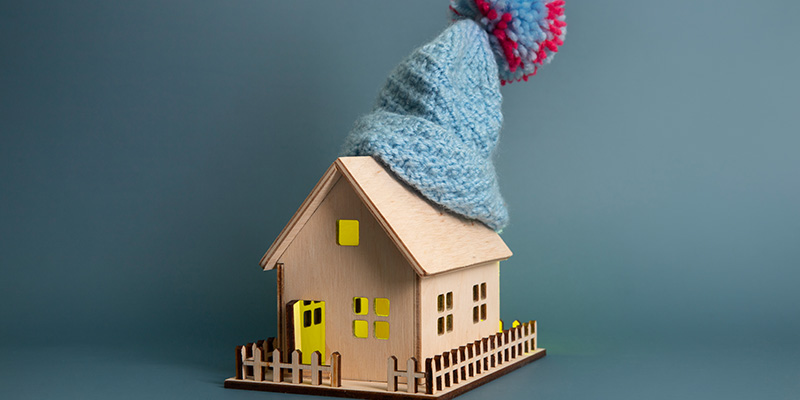
How to Lower the Cost of Energy? Tackling the Energy Crisis
With the ultimate goal of getting Britain to net zero, the UK has released measures upon measures to help pave this path. However, with rises in the cost of living, energy bills and previously stunted grants, this is proving more difficult than ever.
In order to tackle the energy crisis, Britain needs to somehow lower the cost of energy, this is doable in one of two ways.
Either, residential and commercial properties need to have more renewable sources of energy, being the cheapest and most sustainable form of energy, or homeowners and property owners need to use less energy, to be more energy efficient.
While the government aim to do their part in helping Britain achieve a net zero status by 2050, as a property owner you can help this mission and yourselves in tackling the energy crisis by making your property more energy efficient.
3 Ways you can Become Energy Efficient
Becoming energy efficient means that your home or commercial property reduces its carbon emissions output by relying less on energy-consuming systems such as air conditioners. In order to do this, your property will need to be well-equipped to conserve heat during the winter months and to allow for cooling during the summer season.
Becoming energy efficient is a matter of insulation more so than anything else, there are three core changes you can make to your property that will help you lower the cost of energy by increasing your energy efficiency, and it is all about insulation.
1. Wall Insulation
Did you know that walls lose up to 35% of heat? This means that, on average, £437.50 of heat is lost through your walls every year. Using an average 3-bedroom semi-detached home’s heating value of £1,250 per year (which may have increased at the time of writing this article).
Therefore, we have acknowledged the implications of not having insulated walls, so how can we then lower the costs of energy with wall insulation?
There are two main types of exterior walls, cavity walls and solid walls, they are both insulated in different ways, yet no matter the type you have, you can reduce your energy consumption and lower your energy bills with exterior wall insulation.
Cavity Walls
These are the more common type of exterior wall, especially for properties built post-1920/1930. The great thing about cavity walls is that the cavity space provided creates a perfect opportunity for you to fill up with insulation. Once this area is filled, you can then begin the reap the benefits of having wall insulation, reducing your energy wastage and lowering the cost of energy every month.
One great insulation solution for cavity walls is EPS beads. They are easily injected into your cavity walls and filled up, providing a long-term solution and thermal performance benefits.
Solid Walls
Otherwise, if you have solid walls, then the best solution for insulation would be to use rigid boards that can provide exceptional thermal properties in addition to fire-resistance benefits. These boards are added to the exterior walls creating an added layer to your property, one that has great insulating properties.
2. Roof Insulation
Roof insulation presents another great opportunity to lower the cost of energy, using the same example as before, with roof insulation, about £312.50 of heat can be wasted, without insulation.
Therefore, in order to reduce this figure and reduce your reliance on heat-consuming systems, roof insulation such as loose-fill solutions can provide sufficient thermal properties and reduce your energy consumption.
Products such as loose-fill cellulose is an eco-friendly blown-in insulation solutions that can give you all the benefits you need to lower the cost of energy.
3. Floor Insulation
The final outstanding area that can make you more energy efficient is having your floors insulated. About £187.50 of heat can be wasted through your floors if not properly insulated. Therefore, it presents great potential to help you tackle the energy crisis this year and in the coming years.
With up to 15% of heat being lost through your floors, by adding basic insulation such as board insulation, you can reduce the amount of energy you waste and save money on your monthly bills.
You can even start at a simpler level, and just add a rug and fill in some gaps in your floorboards to prevent a draught. However, if you wish to really reduce your heat loss then we would recommend board insulation for your floors.


